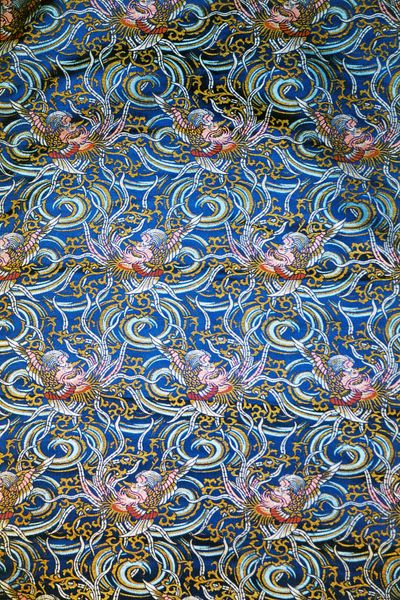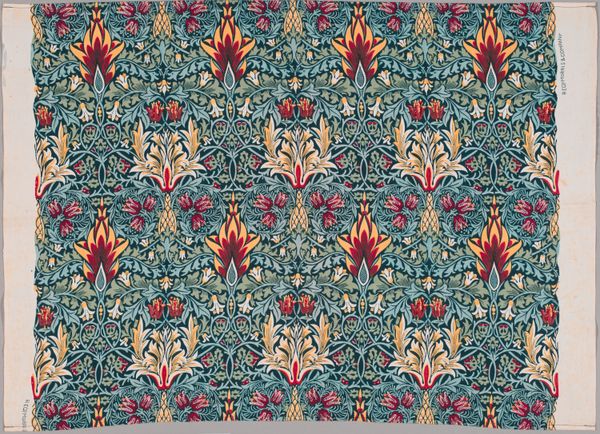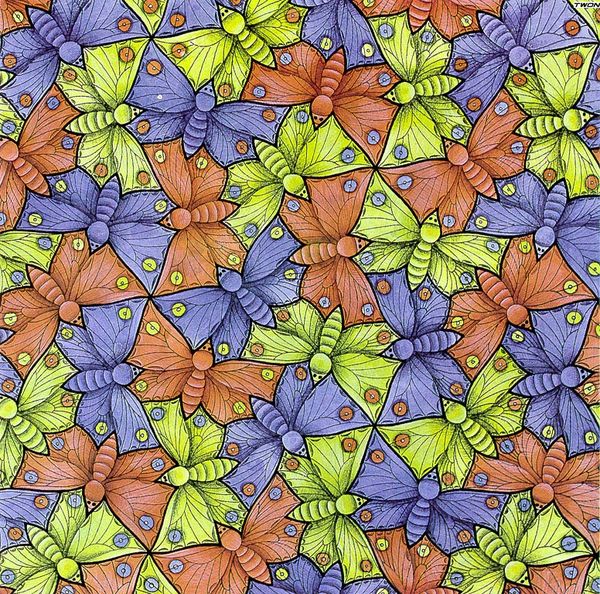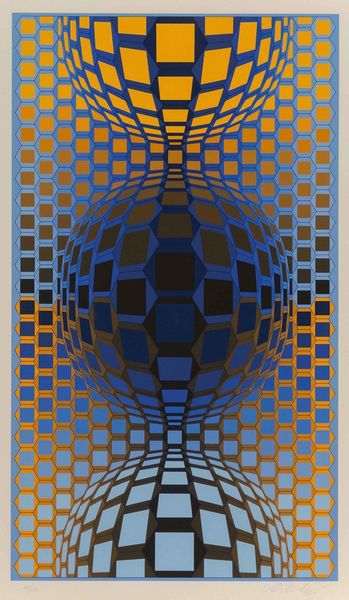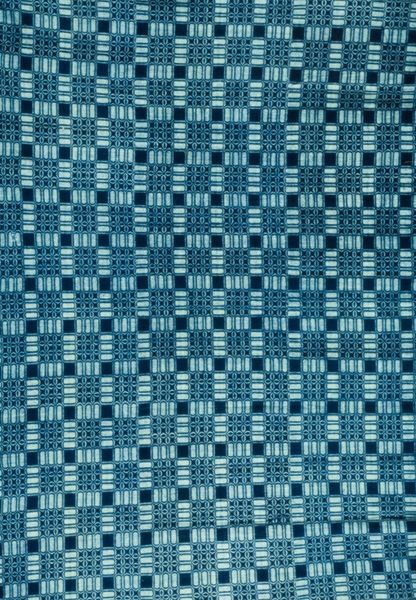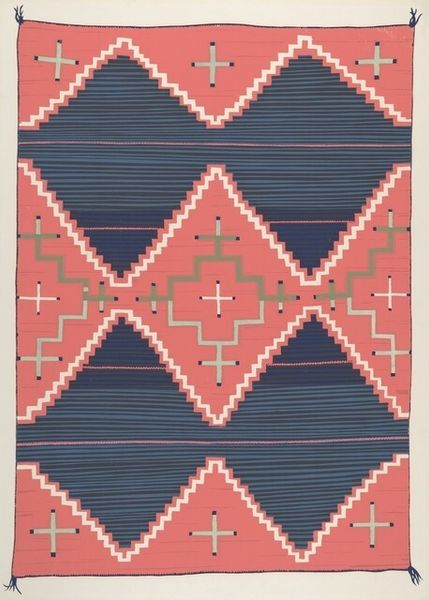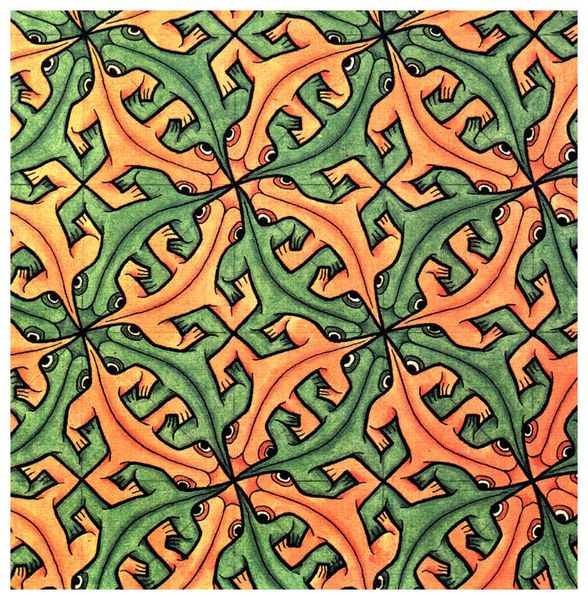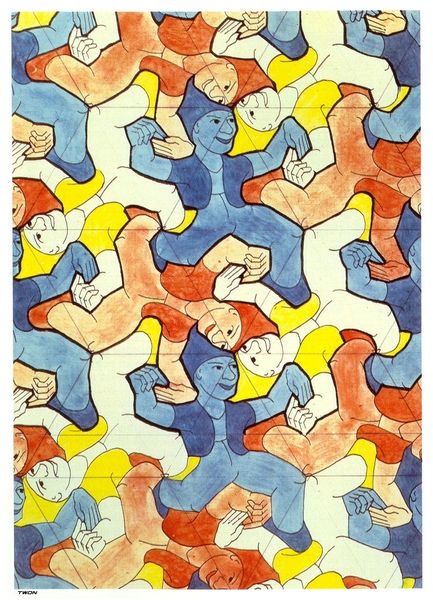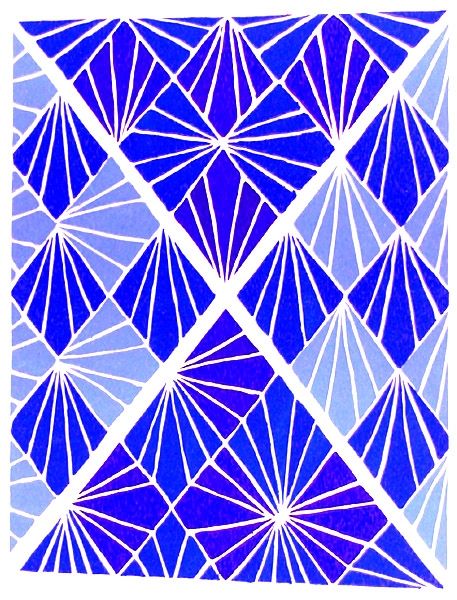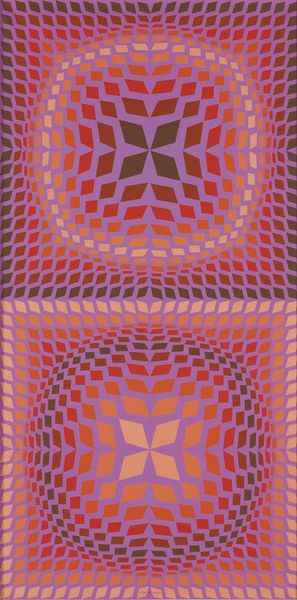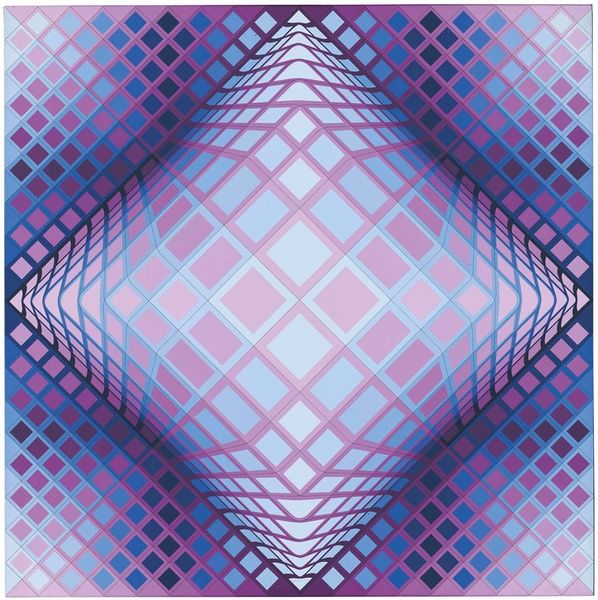
graphic-art, print
#
graphic-art
# print
#
pattern
#
geometric
#
modernism
Copyright: M.C. Escher,Fair Use
Editor: Here we have M.C. Escher's "Crab Canon," a print from 1963. I find it quite mesmerizing. The interlocking crabs create a repeating pattern that is both visually stimulating and a little unsettling. What symbolism or meaning do you see within this geometric dance? Curator: The 'Crab Canon' evokes the Ouroboros, the ancient symbol of a snake eating its own tail, representing cyclicality, infinity, and the eternal return. Escher cleverly employs the crab, an animal known for its sideways movement, to mimic this concept of reversal and repetition. Consider also the contrasting colors; the blue perhaps symbolizes the deep, unknowable ocean, while the pink alludes to life, or even vulnerability. What do you think that duality expresses? Editor: I suppose it could reflect the tension between the known and the unknown, or even the constant struggle for survival in nature. It is almost like two opposing forces intertwined and inseparable. The geometrical representation of life adds another dimension to this interpretation. Curator: Precisely. And look at the eyes, consistently placed and staring outward. These suggest an awareness, perhaps even a confrontation, with the viewer. Do they suggest a cycle of perpetual observation or even a broader commentary about seeing and being seen, given how mechanically this image is produced and reproduced as print? Editor: That's a fascinating point. It makes me think about the constant cycle of perception and how our understanding of the world is shaped by repeated observations. Thanks, I'll certainly view this artwork differently now. Curator: My pleasure. Symbols speak across centuries, it's fascinating to hear how they resonate today.
Comments
No comments
Be the first to comment and join the conversation on the ultimate creative platform.
